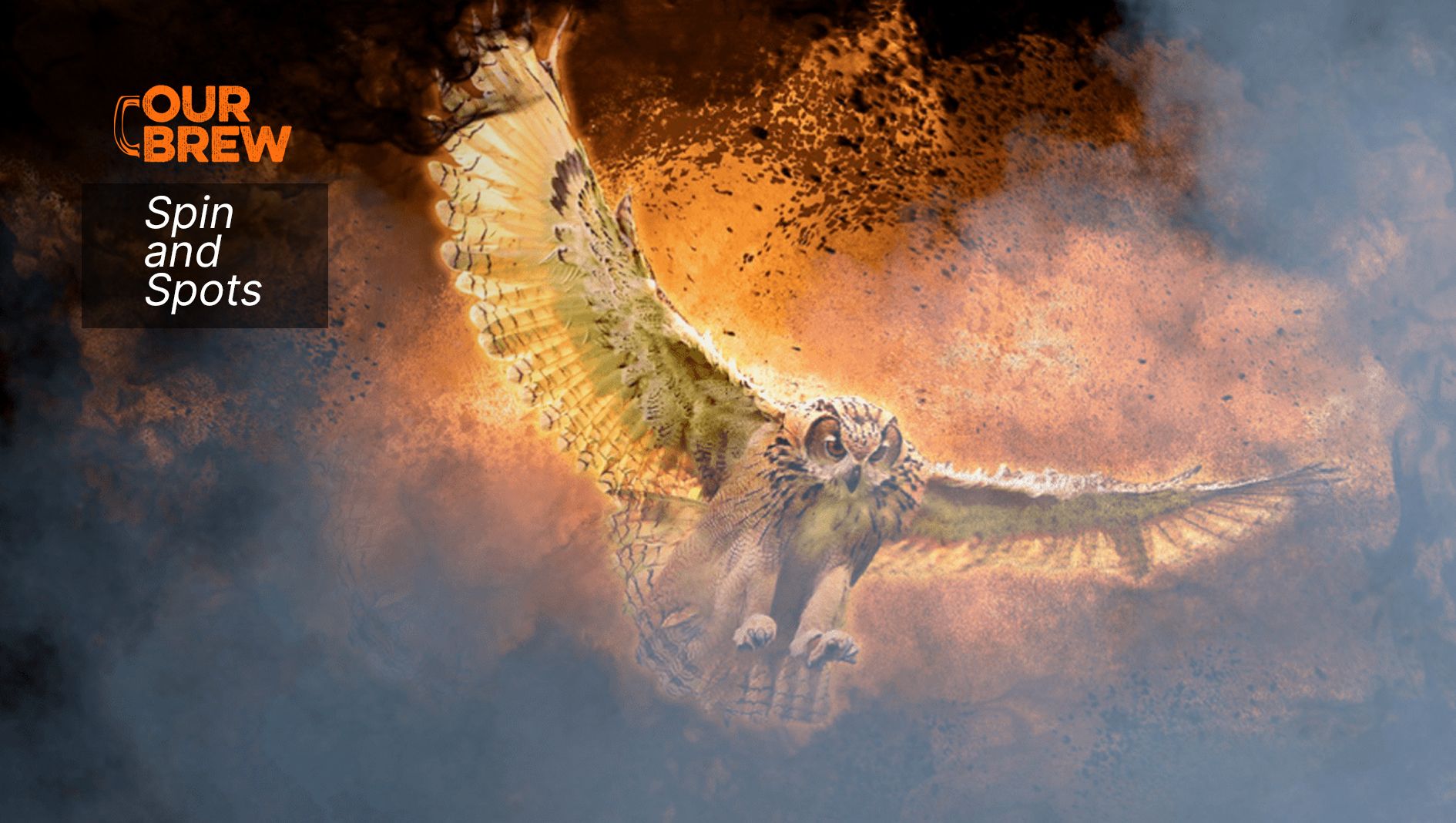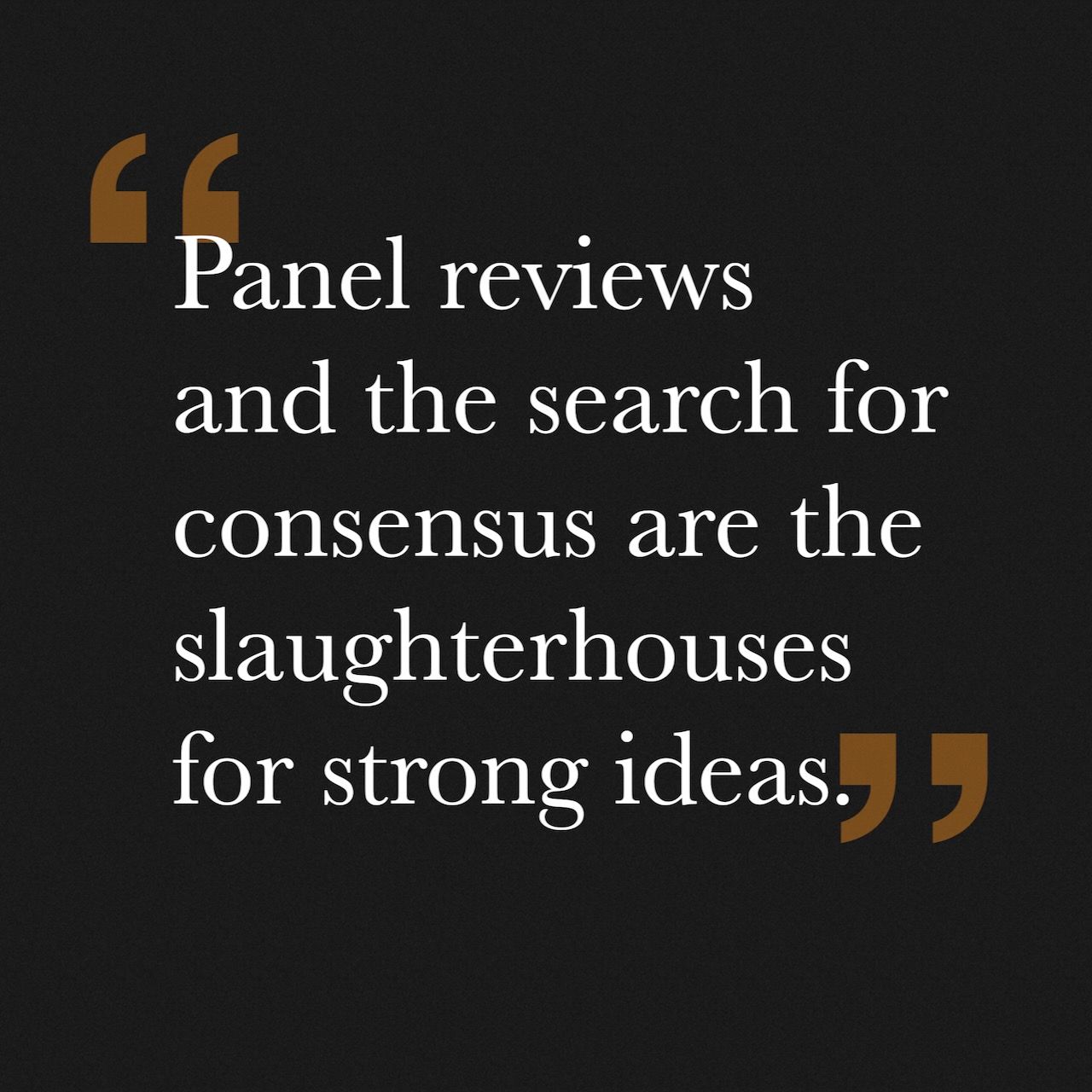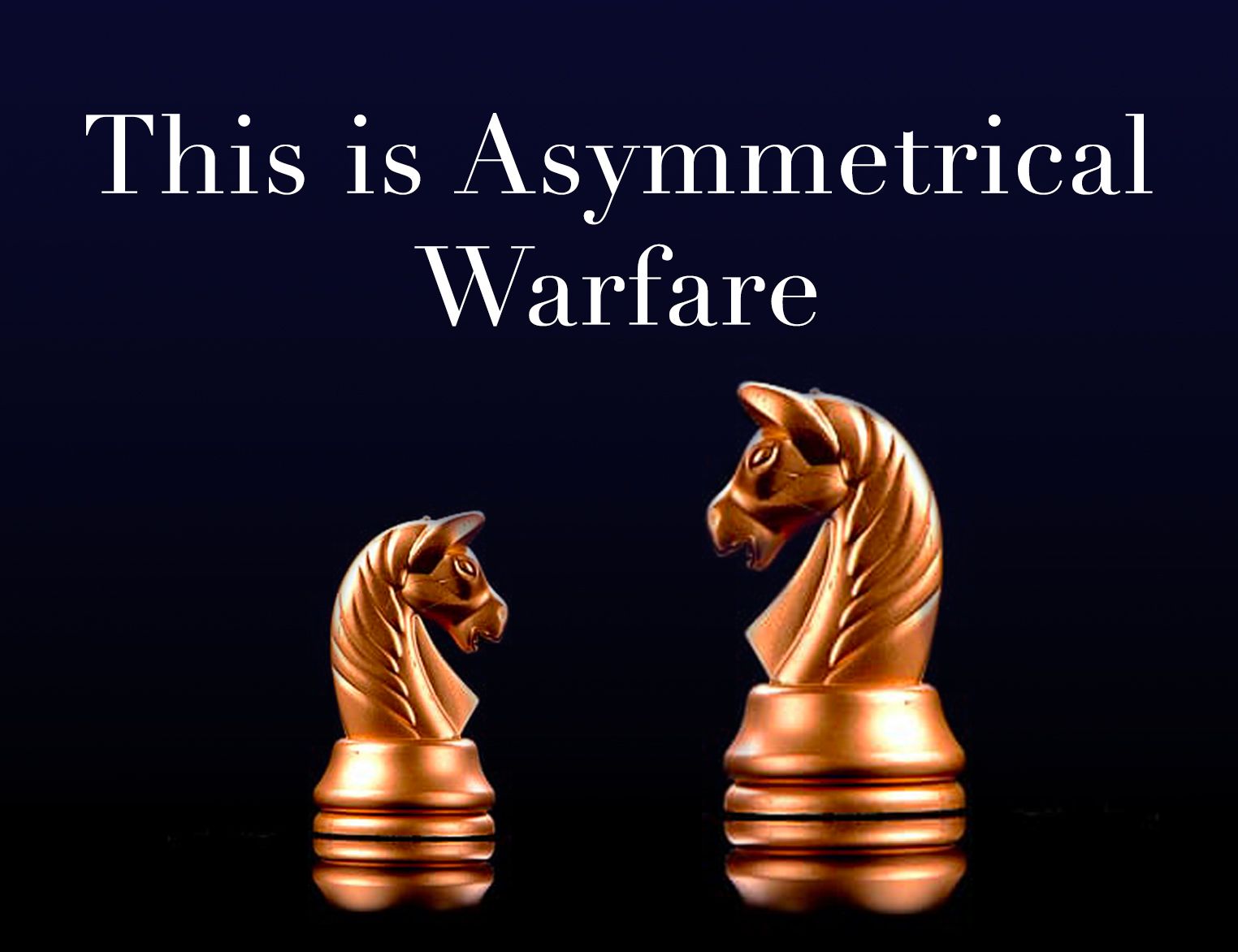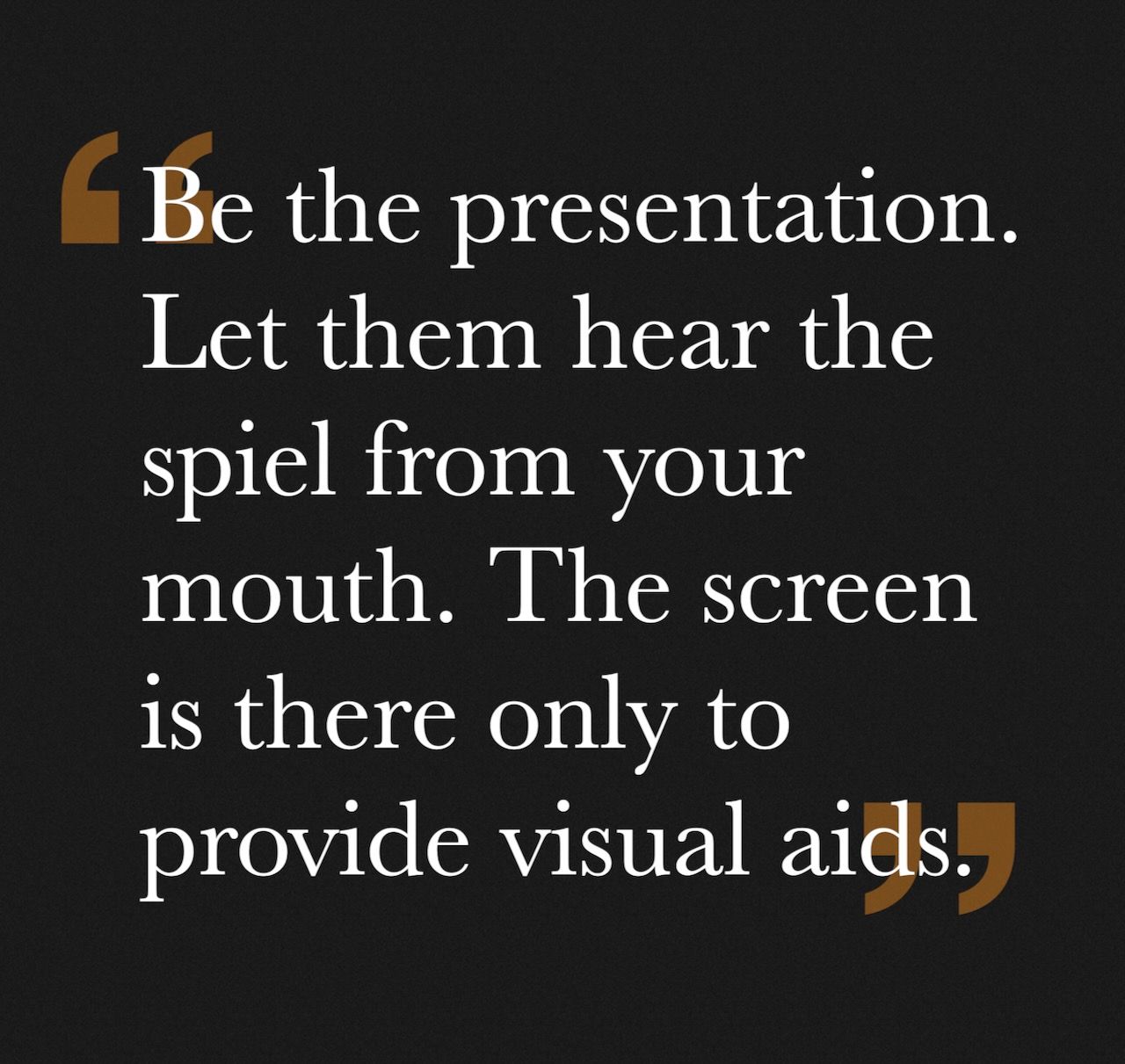
On exactly his 50th year in advertising, Vincent R. Pozon -- Vince to most, 'Koyang' to adfolk, 'Tatay' to his students and present staff --decided to start a series of articles where he answers questions often asked of him.
This article is the sixth installment of the conversation. He hopes it can be of value to the young and the newcomer.
"How can you tell if your big idea is substantial enough? If it possesses the potential to shake things up? To secure significant sales?"
KOYANG: If it unsettles you, if you sense it will also unsettle the client. A truly potent idea tends to unnerve everyone in the room where it originates. This implies it holds a striking truth or angle that will require refinement and control to make it useful.
If there's nothing requiring restraining, then you're likely dealing with tepid and predictable concepts.
"But how can you discern if it's merely a wild concept and not feasible?"
KOYANG: When the idea initially feels challenging to grasp, my usual approach is to set it aside momentarily, saying, alam mo, mamaya, gaganda iyan. We often return to it after exploring other ideas. Already brilliant but still unwieldy, leaving it for later allows the mind to work on it subconsciously.
The aberrant idea, in its infancy, when still unshaped, untempered, is easy to snuff out. Think of it as an eaglet, vulnerable to other birds of prey, needing protection and tending. Best to stay the hand, let the idea breathe, give it a chance, and do not try for consensus. Reviews and search for consensus are the slaughterhouses for strong ideas.

AN ARTICLE I wrote on the subject.

"How do you know when to stop? When do you feel you already have what will be approved by client?"
KOYANG: Once you're confident you've given your best effort, approval is no longer the primary yardstick. You believe in its power. The measure of quality is when you are delighted with the work, when the nose, that faculty of discernment honed by decades of experience in the industry, smells the potential -- that distinct power to ring cash registers.
(It is a moment that I especially relish. After surveying the work arrayed in front of me, after days of anxiety, I can lean back, smile, and say, Ok na ako. Happy na ako dito. Puwede nang matalo.)
"What is the best way to present a big idea?"
KOYANG: There is no one sure-fire way, because it depends on the concept, if it lends itself well to simple storyboarding. Sometimes you present a frame at a time so you do not let the cat out of the bag. Some concepts require producing a rough commercial, at the very least stills of the storyboard edited against a rough audio track.
But the most important part of the presentation isn’t the advertising itself but the storytelling.

You tell the audience where you’re coming from, talk about the consumer insight that you found exciting.
Tell them what they're going to see, tell them what they are seeing, tell them what they just saw.



TELL THEM WHAT they will see. These are slides from a deck establishing what I want my audience to be prepared for.
Do not read the slides. Never read what they can read. Provide meaning instead, context of what is on the slide.
Use the presentor notes to remind only. They are there as triggers for you. Do not put them in sentences so mere glances at it suffice.
Connect, eye-to-eye, with the decision makers in the room. Walk towards them if possible.
And, not to forget, recap with the mission you said you were going to accomplish. In the summary, present an execution each of the campaigns you want them to consider.
Ask agency people to watch the audience and not the presentation. You will need their observations in the post-mortem.
THE MOVIE, "What Women Want" provides us with the simplest and most dramatic way to present: Simple editing of clips from the internet, your voice, your story.
"Jeff Bezos banned the use of PowerPoint in Amazon meetings. Why?"
KOYANG: The issue isn't PowerPoint specifically. All presentation software can stifle storytelling. It's their design that leads to dull presentations. Examine the templates or master slides—all are engineered for text input.
In that 2004 memo disallowing PowerPoint presentations, Bezos wrote that it's the story "that we’re after, rather than just text... PowerPoint-style presentations somehow give permission to gloss over ideas, flatten out any sense of relative importance, and ignore the interconnectedness of ideas.”
As a general rule, never have bullets. Or paragraphs. The task is to tell one clear story.
Do not rely on what is on the screen. Be the presentation. Let them hear the spiel from your mouth. The screen is there only to provide visual aids.

And that clicker...
I am assuming the clicker is in your hand, because no presentation ever goes well if it's in someone else's hand. I hate to hear or have to say, "next slide please". You lose timing.
A basic to making smooth, clear, effective presentations is knowing how to change slides -- and when. (Amazing how nobody in government can figure out the clicker).
You lose credibility when you fumble through slides, beg the operator, "next slide please", or go back and forth. Your timing and delivery — and composure — are affected. There is nothing like transitioning to an important slide at the exact second you want to.
It isn’t rocket science — your television remote control has more buttons. Learn it. And demand that they hand you the clicker, demand to have total control of your presentation.
STORYTELLING THIS GOOD wouldn't work if the clicker isn't in the presentor's hand.
"What do you do when presenting via Zoom or Microsoft Teams?"
KOYANG: Make sure your presentation is shorn of transitions and animation, or at least down to the essential minimum. Effects are jagged on bad connections, and flickering is an attention vampire.
Adapt your presentation to the reality that viewers solely observe the screen and hear your voice. You lack the ability to convey via gestures and facial expressions.
There's a drawback to remote presentations, and it is a large one. You can't see faces when presenting, you can't see reactions or hear nuances. A good presentor needs to hear the unsaid. What you can do, what is in your control, you'll just have to do better.

Vincent R. Pozon
After a year of college, Koyang entered advertising, and there he stayed for half a century, in various agencies, multinational and local. He is known for aberrant strategic successes (e.g., Clusivol’s ‘Bawal Magkasakit’, Promil’s ‘The Gifted Child’, RiteMED’s ‘May RiteMED ba nito?', VP Binay's 'Ganito Kami sa Makati', JV Ejercito's 'The Good One'). He is chairman of Estima, an ad agency dedicated to helping local industrialists, causes and candidates. He is co-founder and counselor for advertising, public relations, and crisis management of Caucus, Inc., a multi-discipline consultancy firm. He can be reached through vpozon@me.com.
The Conversation, so far:
Ask Koyang Part 1: “How do you handle humor in advertising?" and "What is the hardest part about creating an advertisement?"
Ask Koyang Part 2: "Why do creatives treat accounts people badly?" and"Would you do a campaign for just anyone?"
Ask Koyang Part 3: "What advice do you have to people entering the ad industry?" and "why do people work late hours in advertising?"
Ask Koyang Part 4: "Can you make people buy things they don't need?" "What is the brutal truth about advertising?" "What would change in our society if we didn't have commercials?"
Ask Koyang Part 5: “Can’t a good product sell itself?" and "marketing or advertising -- which is the better career?"
Ask Koyang Part 6: "How do you know if you have a terrific idea to present?" and "How do you present effectively?"
If you liked what you just read and want more of Our Brew, subscribe to get notified. Just enter your email below.



Related Posts
Frequently-Asked Questions about Advertising - Part V
Jun 30, 2023
Frequently-Asked Questions about Advertising - Part IV
Mar 15, 2023
Frequently-Asked Questions about Advertising - Part III
Feb 13, 2023